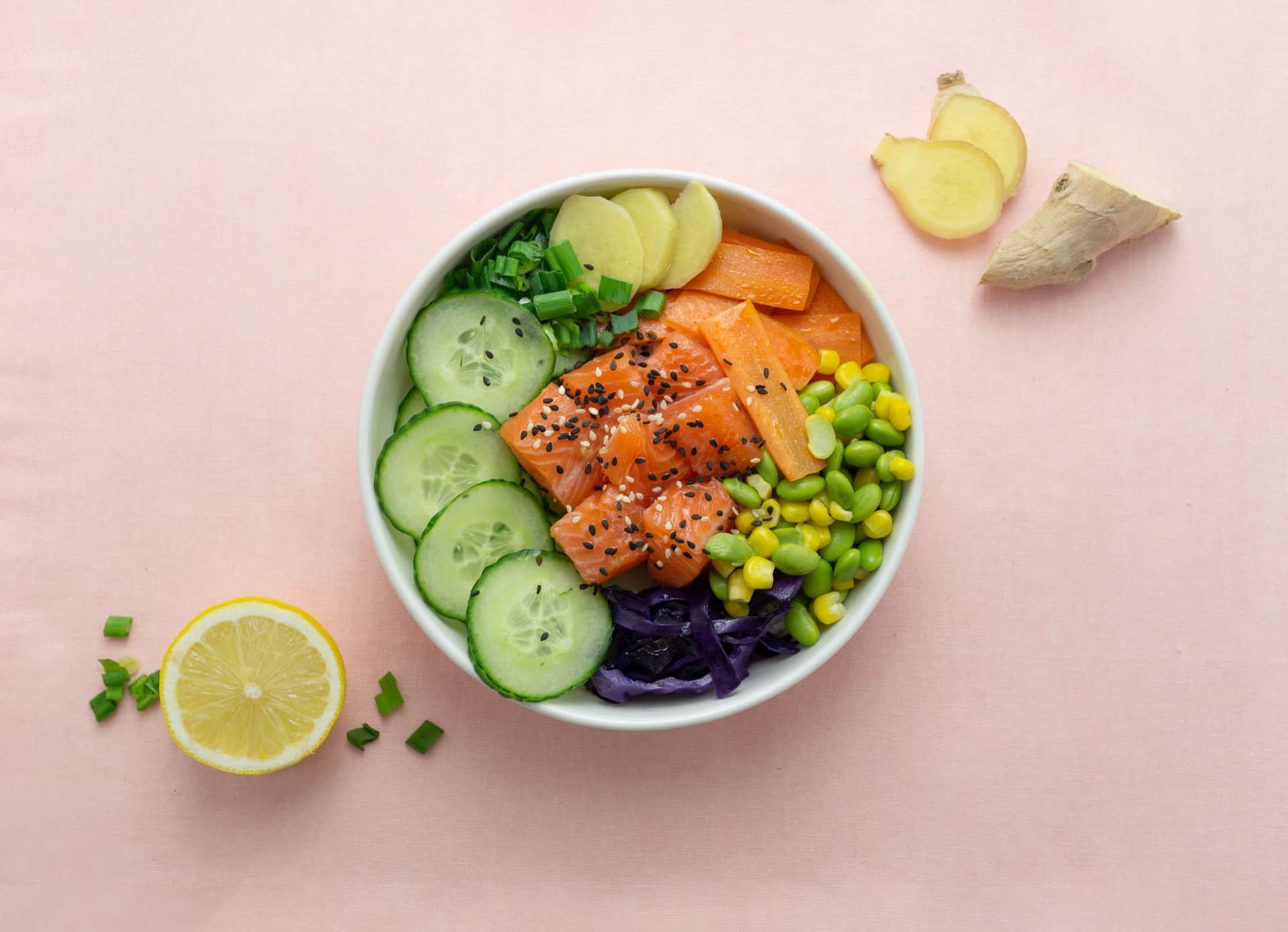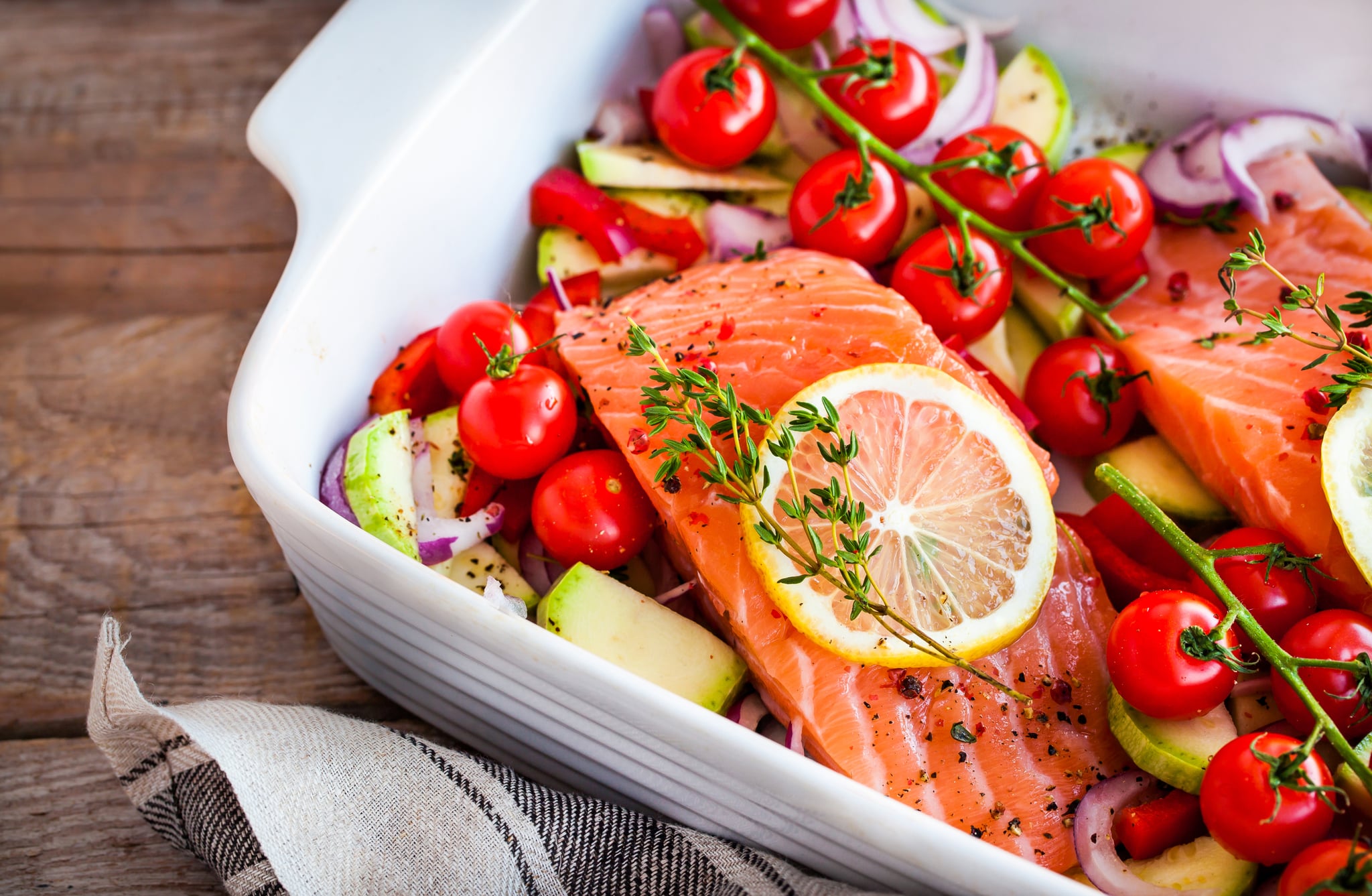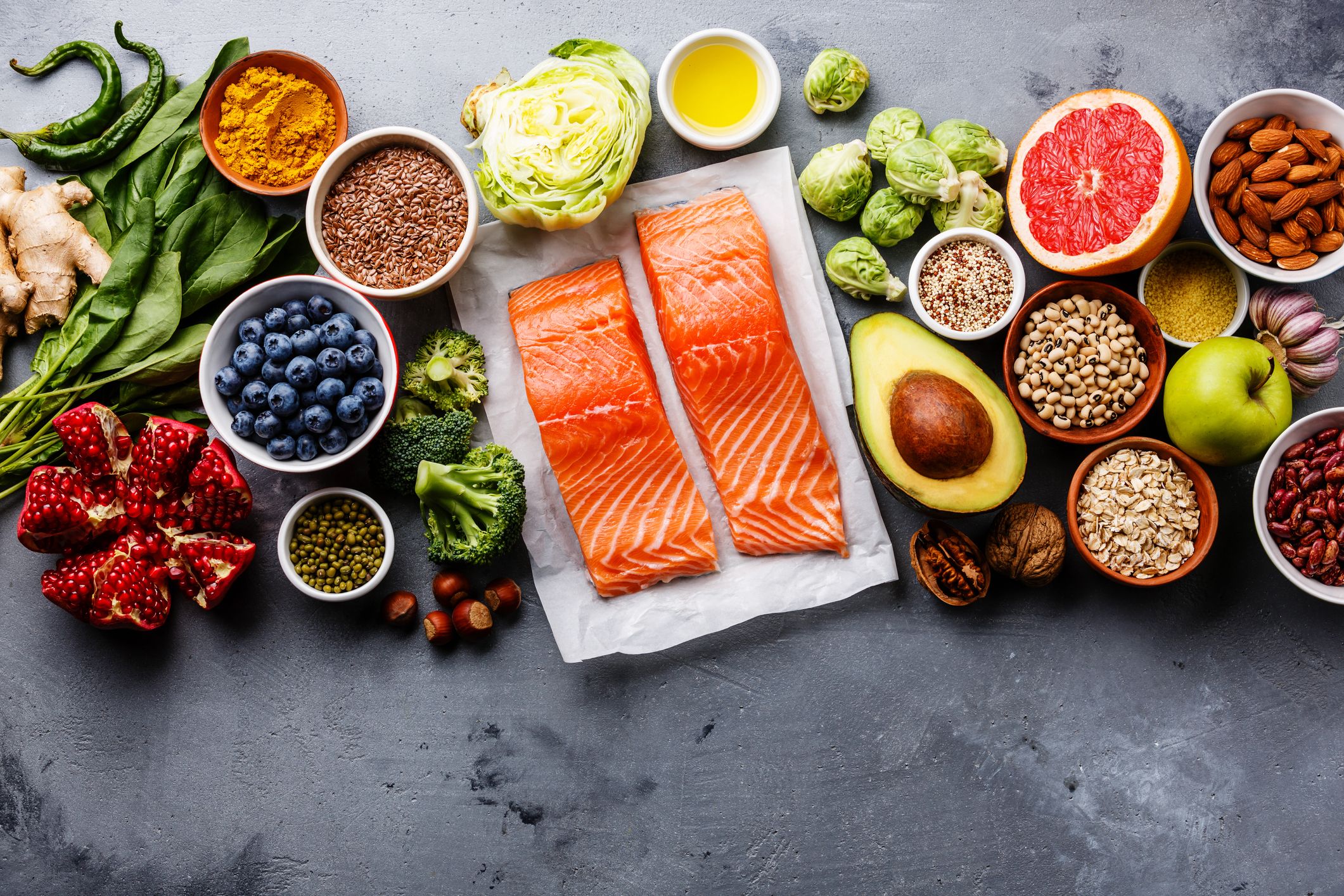How to be a healthy pescatarian is a comprehensive guide to the pescatarian lifestyle, providing practical advice on meal planning, nutrient balance, and the environmental impact of seafood consumption. This engaging and informative resource empowers readers to make informed choices about their diet and overall well-being.
A pescatarian diet, which includes fish and seafood but excludes meat and poultry, offers a wealth of health benefits. Rich in omega-3 fatty acids, a pescatarian diet can reduce inflammation, promote heart health, and support weight management.
Dietary Guidelines
The pescatarian diet is a healthy and sustainable way to eat. It is primarily plant-based, with the addition of fish and other seafood. This diet offers a variety of nutrients and health benefits, including reducing the risk of heart disease, stroke, and certain types of cancer.
To follow a healthy pescatarian diet, it is important to focus on eating a variety of whole, unprocessed foods. This includes fruits, vegetables, whole grains, legumes, nuts, and seeds. Fish and other seafood should be consumed 2-3 times per week, in servings of 3-4 ounces.
Recommended Food Groups and Serving Sizes
- Fruits: 2-3 cups per day
- Vegetables: 2-3 cups per day
- Whole grains: 6-8 ounces per day
- Legumes: 1-2 cups per week
- Nuts and seeds: 1/4-1/2 cup per day
- Fish and seafood: 2-3 servings per week
Nutrient Balance
It is important to ensure that you are getting enough of all the nutrients you need on a pescatarian diet. This includes protein, iron, vitamin B12, and omega-3 fatty acids. Protein can be obtained from fish, seafood, legumes, and nuts.
Iron can be obtained from fish, seafood, beans, and lentils. Vitamin B12 is found in fish, seafood, and fortified foods. Omega-3 fatty acids are found in fish, seafood, and algae.
Avoiding Deficiencies
If you are following a pescatarian diet, it is important to be aware of the potential for nutrient deficiencies. These include vitamin B12, iron, and omega-3 fatty acids. To avoid these deficiencies, it is important to eat a variety of foods from all food groups and to consider taking a supplement if necessary.
Meal Planning and Recipes: How To Be A Healthy Pescatarian
Planning balanced pescatarian meals involves incorporating a variety of nutrient-rich foods from all food groups. Here are some practical tips to get you started:
Prioritize protein sources like fish, seafood, beans, lentils, and tofu. Include whole grains, fruits, and vegetables in every meal to ensure a balanced intake of carbohydrates, vitamins, and minerals. Consider using plant-based milk and yogurt alternatives for calcium and vitamin D.
Sample Pescatarian Meal Plan
- Breakfast:Oatmeal with berries and nuts, or a tofu scramble with vegetables
- Lunch:Grilled salmon salad with quinoa and mixed greens, or a lentil soup with whole-wheat bread
- Dinner:Pan-seared trout with roasted vegetables and brown rice, or a vegetarian chili with cornbread
- Snacks:Apple with peanut butter, or a trail mix with nuts, seeds, and dried fruit
Pescatarian Recipes, How to be a healthy pescatarian
Explore a variety of pescatarian recipes that showcase the versatility and flavor of this dietary approach:
Gluten-Free
- Quinoa Salad with Grilled Salmon and Avocado
- Baked Cod with Lemon and Herbs
- Black Bean and Corn Tacos with Mango Salsa
Dairy-Free
- Vegan Sushi Rolls with Avocado and Cucumber
- Almond Milk Pancakes with Berries
- Coconut Curry with Shrimp and Vegetables
Health Benefits
A pescatarian diet offers a multitude of health benefits. It is rich in omega-3 fatty acids, which play a crucial role in reducing inflammation and promoting heart health. Omega-3s have been shown to lower blood pressure, reduce the risk of heart disease, and improve brain function.
Discover more by delving into sutphen boats for sale further.
Weight Management
A pescatarian diet is naturally low in saturated fat and high in protein, making it an excellent choice for weight management. Protein helps promote satiety and reduce hunger cravings, while the low saturated fat content helps maintain a healthy weight.
Disease Prevention
The pescatarian diet has been linked to a reduced risk of certain chronic diseases, including type 2 diabetes, heart disease, and some types of cancer. The high intake of fruits, vegetables, and whole grains provides antioxidants and other protective compounds that help combat inflammation and oxidative stress, which are major risk factors for chronic diseases.
Explore the different advantages of boat electrical parts that can change the way you view this issue.
Challenges and Solutions
Adopting a pescatarian diet can be a healthy choice, but it’s not without its challenges. Here are some common obstacles and practical solutions to help you navigate them:
Vitamin B12 Deficiency
Vitamin B12 is primarily found in animal products, so pescatarians may be at risk of deficiency. Consider the following solutions:
- Consume fortified foods like cereals, nutritional yeast, and plant-based milks.
- Take a vitamin B12 supplement as recommended by a healthcare professional.
Social Situations
Attending social events where meat-based dishes are the norm can be challenging. Here’s how to handle these situations:
- Communicate your dietary preferences to hosts in advance.
- Bring a dish to share that aligns with your diet.
- Be prepared to politely decline dishes that don’t meet your needs.
Seeking Professional Advice
Consulting with a registered dietitian or healthcare provider is crucial for pescatarians. They can:
- Personalize meal plans based on individual needs and preferences.
- Monitor nutrient levels and recommend supplements if necessary.
- Provide guidance on managing challenges and optimizing the pescatarian diet.
Sustainability and Environmental Impact
A pescatarian diet, with its emphasis on seafood consumption, can have both positive and negative environmental impacts. Understanding these impacts and making informed choices can help minimize the ecological footprint of this dietary approach.
Environmental Benefits of a Pescatarian Diet
* Reduced greenhouse gas emissions:Fish and seafood generally have a lower carbon footprint compared to livestock. Choosing fish over meat can help reduce greenhouse gas emissions associated with animal agriculture.
Conservation of water resources
Fish farming requires significantly less water compared to raising livestock, conserving precious water resources.
Protection of marine ecosystems
Sustainable fishing practices can help protect marine ecosystems and biodiversity. By choosing seafood from well-managed fisheries, pescatarians can support the conservation of ocean habitats.
Importance of Choosing Sustainable Seafood Options
* Overfishing:Overfishing is a major threat to marine ecosystems. Choosing sustainable seafood options helps prevent the depletion of fish populations and ensures their long-term availability.
Bycatch
Bycatch refers to the unintentional capture of non-target species during fishing. Sustainable fishing practices minimize bycatch, protecting marine biodiversity.
Habitat destruction
Find out further about the benefits of fountain boats for sale by owner that can provide significant benefits.
Fishing can impact marine habitats, such as coral reefs and seagrass beds. Choosing seafood from fisheries that use environmentally friendly practices helps protect these ecosystems.
Expand your understanding about 17 foot boats for sale with the sources we offer.
Tips for Reducing the Ecological Footprint of Pescatarianism
* Choose sustainable seafood:Look for seafood with eco-labels, such as the Marine Stewardship Council (MSC) or Aquaculture Stewardship Council (ASC) certifications, which indicate sustainable fishing or farming practices.
Reduce seafood consumption
Consuming seafood in moderation helps reduce the demand on marine resources. Consider plant-based protein sources on some days.
Support local fisheries
Buying seafood from local fisheries supports sustainable practices and reduces transportation emissions.
Avoid endangered species
Be aware of endangered or overfished species and avoid consuming them to protect marine biodiversity.
Reduce food waste
Plan meals carefully to avoid food waste. Use leftovers or freeze seafood for later use.
Final Wrap-Up
Embracing a pescatarian diet is a journey towards improved health and sustainability. By following the guidelines Artikeld in this guide, readers can unlock the full potential of a pescatarian lifestyle, enjoying the benefits of a nutritious and environmentally conscious diet.
Top FAQs
What are the key principles of a healthy pescatarian diet?
A healthy pescatarian diet emphasizes a balanced intake of whole grains, fruits, vegetables, legumes, and healthy fats. It includes fish and seafood as the primary source of protein, while excluding meat and poultry.
How can I ensure I’m getting enough nutrients on a pescatarian diet?
A varied pescatarian diet typically provides all the essential nutrients. However, it’s important to pay attention to vitamin B12, which is primarily found in animal products. Consider fortified foods or supplements to meet your daily requirement.
Are there any challenges to following a pescatarian diet?
One potential challenge is ensuring adequate protein intake. Plant-based protein sources, such as legumes and tofu, can provide protein, but it’s essential to combine them strategically to meet your needs.




